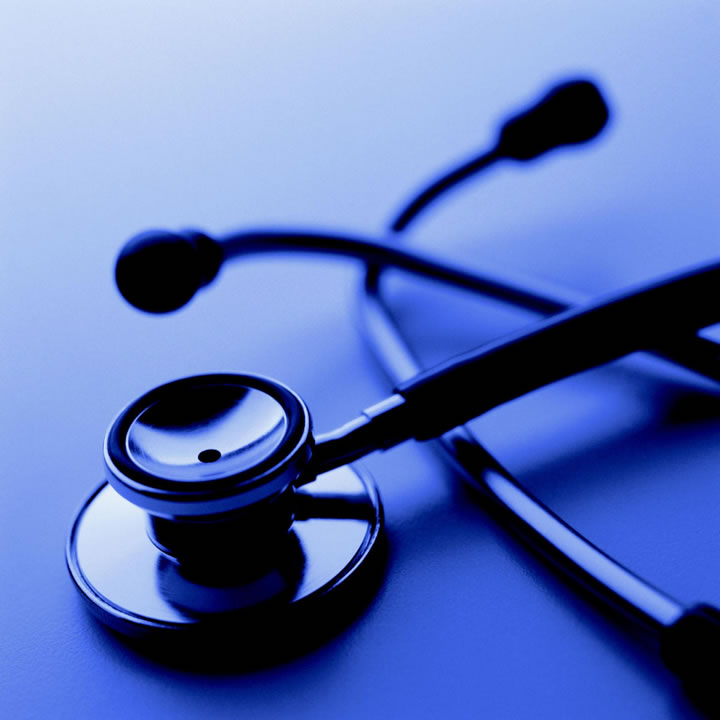Title: The Ultimate Guide to Medical Billing and Collections: Tips, Benefits, and Best Practices
Meta Title: Discover the ins and outs of medical billing and collections to streamline your healthcare practice’s revenue management.
Meta Description: Learn about the importance of medical billing and collections, tips for improving efficiency, and best practices for optimizing revenue streams in the healthcare industry.
Introduction:
Medical billing and collections are crucial components of every healthcare practice, as they directly impact the financial health and sustainability of the business. Efficient billing and collection processes ensure that healthcare providers receive timely payments for the services they provide to patients.
In this comprehensive guide, we will delve into the world of medical billing and collections, discussing the importance of these processes, tips for improving efficiency, and best practices for optimizing revenue streams in the healthcare industry.
Importance of Medical Billing and Collections:
Medical billing and collections play a vital role in the financial success of healthcare practices. Here are some key reasons why efficient billing and collection processes are essential:
1. Revenue Generation: Proper billing and collections ensure that healthcare providers receive timely payments from insurance companies and patients for the services rendered. This directly impacts the revenue generated by the practice.
2. Cash Flow Management: Timely billing and collection processes help in managing the cash flow of the practice, ensuring that there are no delays in receiving payments for services provided.
3. Compliance: Adhering to billing and coding regulations is crucial to avoid legal issues and penalties. Proper billing practices ensure compliance with industry standards and regulations.
4. Patient Satisfaction: Efficient billing and collection processes can improve patient satisfaction by providing clear and transparent billing statements and resolving any billing-related issues promptly.
Tips for Improving Efficiency in Medical Billing and Collections:
To streamline your medical billing and collection processes and optimize revenue streams, consider the following tips:
1. Implement Electronic Health Records (EHR) Systems: EHR systems can automate billing processes, reduce errors, and improve efficiency in managing patient information and billing data.
2. Train Staff on Billing and Coding Processes: Provide ongoing training to your staff to ensure they are up to date on the latest billing and coding regulations and best practices.
3. Utilize Revenue Cycle Management Software: Invest in revenue cycle management software to streamline billing processes, track claims, and manage collections efficiently.
4. Outsource Billing Services: Consider outsourcing your billing and collections to a reputable third-party provider to reduce costs, improve accuracy, and focus on patient care.
5. Monitor Key Performance Indicators (KPIs): Track key metrics such as accounts receivable days, denial rate, and collection rate to identify areas for improvement and optimize revenue streams.
Benefits of Efficient Medical Billing and Collections:
Efficient medical billing and collections offer numerous benefits to healthcare practices:
1. Increased Revenue: Streamlined billing processes result in faster reimbursements and increased revenue for the practice.
2. Improved Cash Flow: Timely payments from insurance companies and patients improve cash flow management and financial stability.
3. Reduced Administrative Burden: Automating billing processes and outsourcing collections can alleviate administrative burden and free up staff to focus on patient care.
4. Enhanced Patient Experience: Clear and transparent billing statements, timely resolution of billing inquiries, and financial counseling improve patient satisfaction and loyalty.
Best Practices in Medical Billing and Collections:
To optimize revenue streams and ensure compliance with billing and coding regulations, consider the following best practices:
1. Verify Insurance Coverage: Verify patients’ insurance coverage before providing services to avoid claim denials and delays in payments.
2. Submit Claims Promptly: Submit claims to insurance companies promptly to expedite reimbursements and minimize payment delays.
3. Follow Up on Unpaid Claims: Monitor unpaid claims regularly and follow up with insurance companies and patients to resolve outstanding balances.
4. Offer Payment Options: Provide patients with flexible payment options, such as payment plans or online payment portals, to facilitate timely payments.
5. Conduct Regular Audits: Conduct regular audits of billing and coding practices to identify errors, discrepancies, and areas for improvement.
Case Study: Streamlining Medical Billing and Collections at XYZ Healthcare Practice
XYZ Healthcare Practice implemented revenue cycle management software and outsourced billing services to improve efficiency in medical billing and collections. As a result, the practice saw a 20% increase in revenue, a 30% decrease in claim denials, and a 50% reduction in accounts receivable days.
Conclusion:
Medical billing and collections are critical components of every healthcare practice, impacting revenue generation, cash flow management, compliance, and patient satisfaction. By implementing best practices, tips, and efficient processes, healthcare providers can streamline their billing and collection operations and optimize revenue streams.
Remember to stay up to date on the latest billing and coding regulations, utilize technology and software to automate processes, and prioritize patient satisfaction to enhance the financial health and sustainability of your healthcare practice.



